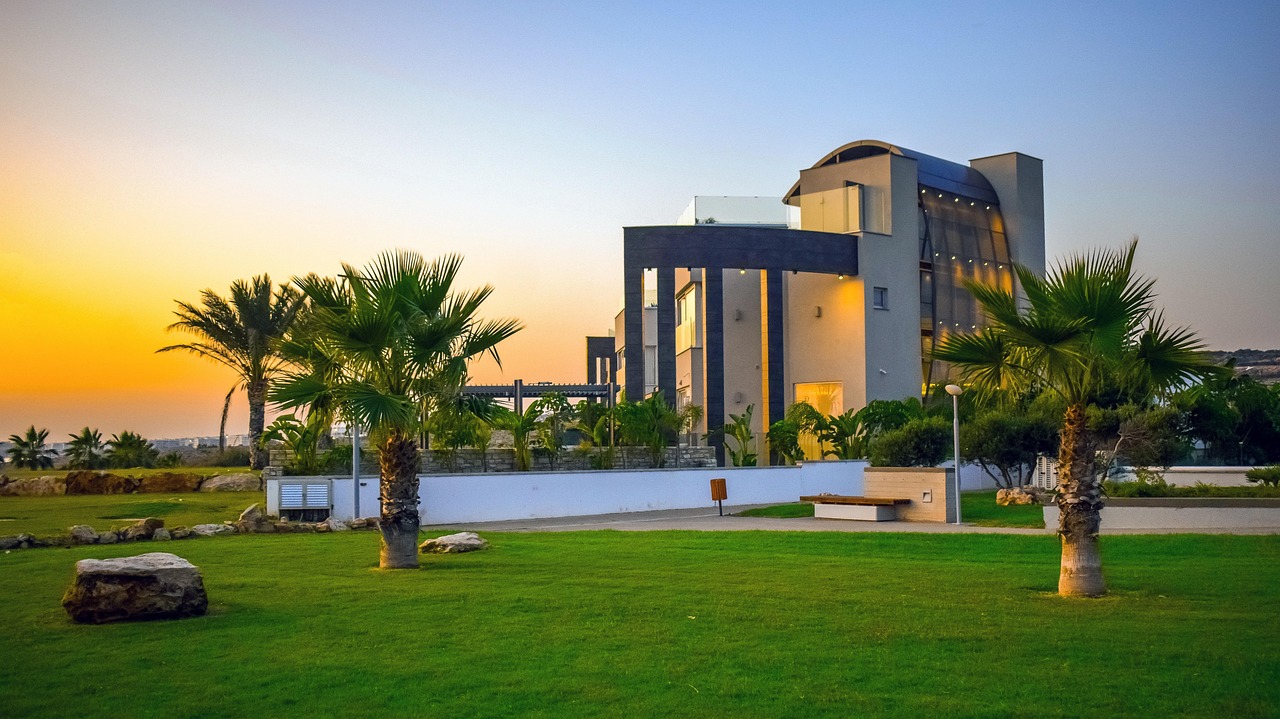Church lighting plays a crucial role in enhancing the spiritual and aesthetic atmosphere of sacred spaces. It is more than just a means to illuminate; it is an art that involves creating an environment that complements the architectural splendour and the spiritual essence of a church. As churches are often places of historical and cultural significance, the lighting design must respect and enhance these qualities.
The primary purpose of church lighting is to provide adequate illumination for various activities, from worship services to community gatherings, while also highlighting architectural features and artworks. In many historic churches, lighting must be carefully integrated to avoid detracting from the building’s original design. Modern lighting solutions offer a range of options to achieve this balance, combining energy efficiency with aesthetic appeal.
A well-designed lighting scheme can transform a church, making it a welcoming and inspiring space. This involves using different types of lighting, such as ambient, task, and accent lighting, to achieve the desired effect. Ambient lighting provides overall illumination, ensuring that the space is well-lit and comfortable. Task lighting is more focused, used to illuminate specific areas where activities such as reading or performing music take place. Accent lighting, on the other hand, is used to highlight architectural details, such as arches or stained glass windows, adding depth and interest to the space.
One of the most significant advancements in church lighting is the use of LED technology. LED lights are not only energy-efficient and long-lasting but also offer versatility in terms of colour temperature and intensity. This allows for greater creativity in lighting design, enabling designers to create dynamic lighting scenes that can be adjusted according to the time of day or the type of event. Furthermore, LEDs produce less heat, reducing the risk of damage to sensitive artworks and materials.
A thoughtful church lighting design considers the unique characteristics of each church. This includes the size and layout of the space, the architectural style, the presence of natural light, and the specific needs of the congregation. For example, a contemporary church with minimalist architecture may benefit from a sleek, modern lighting design, while a historic cathedral might require a more traditional approach that highlights its intricate details and artwork.
In addition to aesthetic considerations, church lighting must also adhere to practical and safety requirements. Adequate lighting is essential for ensuring that the congregation can safely navigate the space, particularly in larger churches with multiple levels or intricate layouts. Emergency lighting systems are also a critical component, providing illumination in the event of a power outage or other emergency.
Consulting with experts in lighting design can greatly enhance the success of a church lighting project. Professionals with experience in architectural lighting solutions can provide valuable insights and recommendations, ensuring that the final design is both beautiful and functional. By incorporating the latest technology and design trends, churches can create a lighting scheme that enhances their unique character and serves the needs of their community.
Ultimately, the right lighting can transform a church into a place of beauty and inspiration, where worshippers can connect with their faith in a meaningful way. Whether through the subtle illumination of a quiet chapel or the dramatic highlighting of a grand altar, church lighting is a powerful tool in shaping the spiritual experience.





